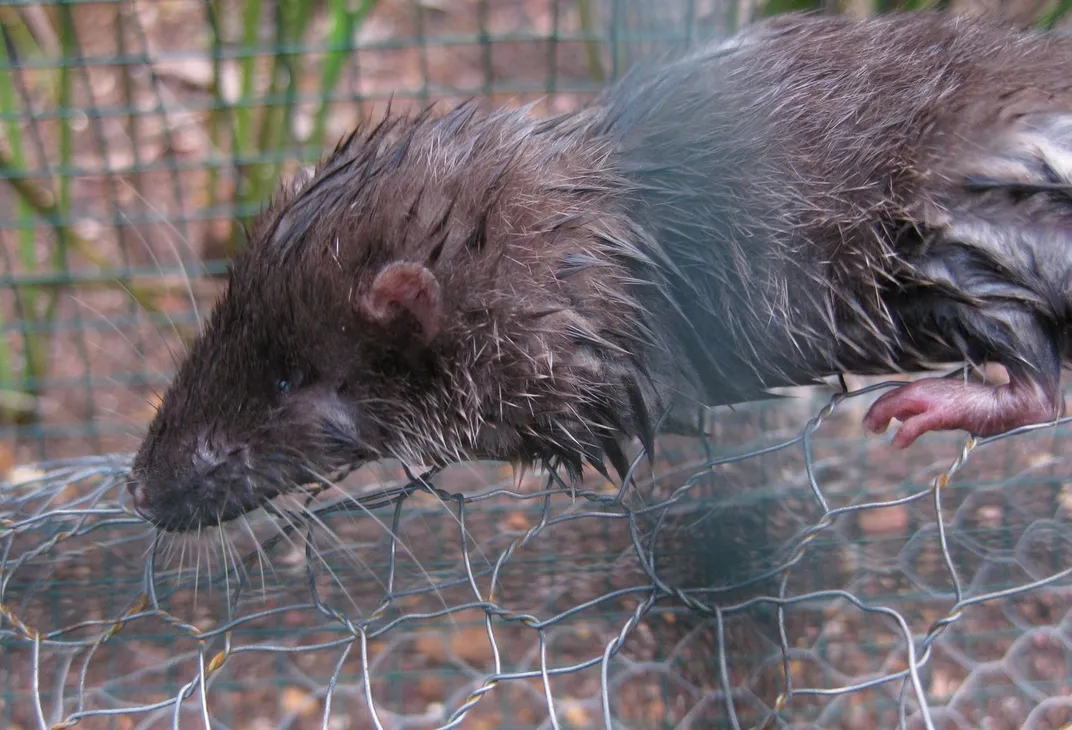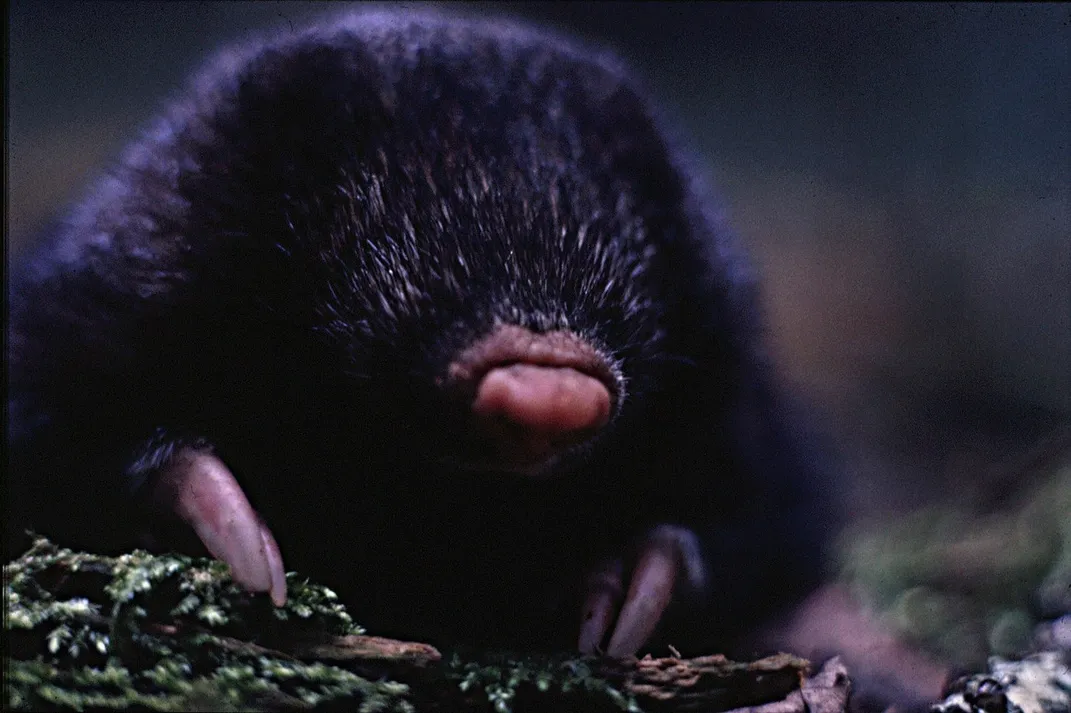When It Comes to Conservation, Are Ugly Animals a Lost Cause?
Beauty may be in the eye of the beholder, but good marketing can do wonders
/https://tf-cmsv2-smithsonianmag-media.s3.amazonaws.com/filer/a5/a5/a5a5cfff-a4e7-454f-bae2-cfc6c1fed66a/19991130_jab_cs9_163.jpg)
The Earth is home to millions of species, but you wouldn’t know it from the media’s obsession with only a few dozen animals like tigers and gorillas.
This narrow focus makes the most of popular fascination with large and cute creatures. Conservationists take advantage of these nonhuman celebrities to raise awareness about important issues and to seek donations to help save endangered animals. Given the multi-billion-dollar funding shortfall for nature conservation, public support is crucial.
Very popular species attract the most wildlife conservation funding. But what about the Nimba otter shrew, the Cuban greater funnel-eared bat or other threatened yet obscure species? And don’t all imperiled green spaces, not just the homes of snow leopards and orangutans, deserve attention?
Conventional wisdom counsels sticking with the old approach to fundraising, and conservationists tend to see animals like bats and snakes as lost causes. As conservation scientists, we wanted to discover whether marketing could perhaps rescue these species. If companies can successfully sell mops and other humdrum products, why can’t conservationists raise money to save the unglamorous giant golden mole—even if it looks like a small cushion with a nose poking out of it? We sought the answer to this question by measuring the links between marketing efforts and conservation fundraising success.

These campaigns are very different. WWF-US raises money for a broad set of projects, addressing global issues from climate change and illegal wildlife trade to forest and ocean conservation. The EDGE campaign we analyzed focuses on saving 100 threatened mammal species.
Given these contrasting approaches, we wanted to see if and when marketing makes a difference. To do this we also had to account for whether the species used for fundraising mattered. This involved measuring an animal’s “appeal,” which depends on lots of factors, such as whether it is cute, large or famous. To see which animals were the most appealing, we showed 850 conservation supporters a random selection of the animal photos featured on the WWF-US and EDGE websites and asked these volunteers to rank the photos.

Let’s first consider WWF-US, which raises money through animal “adoptions.” When people donate, they signal their support for the well-known species. In return they get a stuffed toy, photos of the animals and adoption certificates. But the money WWF-US raised funds projects that benefit more than just the “adopted” animals.
We found two factors influenced WWF-US donors’ choices: the animals’ appeal and the degree of the threat of their extinction. Marketing efforts played no role. No matter how they were described or presented, the most appealing species always drew more donations. This was probably because people already knew and liked them.
The EDGE program raises money in a different way. It supports some universally familiar animals, like the Asian elephant, but many of the species it helps are less appealing to humans, including a variety of rats and bats. Each of these species is shown on their website, so people can click on a link to find out more and then donate.
We found that while people were generally more interested in donating to appealing species, the amount of marketing also made a difference. The animals EDGE actively promoted fared better with potential donors—including some homely ones. Similarly, pitches for the species shown higher up on EDGE’s site got more donors interested in funding the animals’ conservation.
Partnering with an EDGE staff member, we then modeled different fundraising scenarios for the 10 most appealing and 10 least appealing animals, as rated by our conservation volunteers. With no marketing effort, our model predicted that the most appealing species would raise 10 times more money than the least appealing animals. This was in line with what we expected and supported the WWF-US strategy.
However, things changed when we modeled the impact from EDGE’s marketing efforts. If the group highlighted the least appealing species by making them prominent on its website, our model predicted a 26-fold increase in donations for those specific animals. This suggests that charities could raise conservation funds for species like bats and rodents, if they tried hard enough.
Our findings indicate that conservationists have more options than they may realize to raise money to aid wildlife.
But when should they fundraise for more obscure species? The answer depends on how threatened the animal is, how much help it already gets, the cost of saving it and the chances of the project succeeding. When conservationists focus only on saving elephants, rhinos or other popular species, they often overlook these considerations.
That doesn’t mean WWF-US should end its focus on familiar animals. Since the money it raises funds broad projects that benefit more than just the “adopted” animals, catering to widespread fixations with particular species makes sense.
To be sure, our research did not measure whether marketing efforts pay off by increasing donations overall. But including more kinds of species in a campaign may boost donations—especially for endangered frogs and tarantulas or other underappreciated animals—and even plants. It might also increase the total number of species in the public eye, highlighting the many ways everyone can help save wildlife.
Conservationists often complain animals that are important to save can get ignored. Our results suggest that they should stop complaining and start marketing.
This article was originally published on The Conversation.
Diogo Veríssimo, David H. Smith Conservation Research Fellow, Johns Hopkins University
Bob Smith, Director, Durrell Institute of Conservation and Ecology, University of Kent